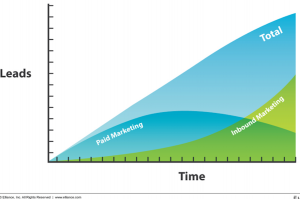
When it comes to a paid search (PPC) campaign, it’s not just important to make sure that your ads are seen. It’s important to make sure that they’re seen by the right people. Your goal is to ensure that the people who see and click on your ads are likely to connect with you and […]

